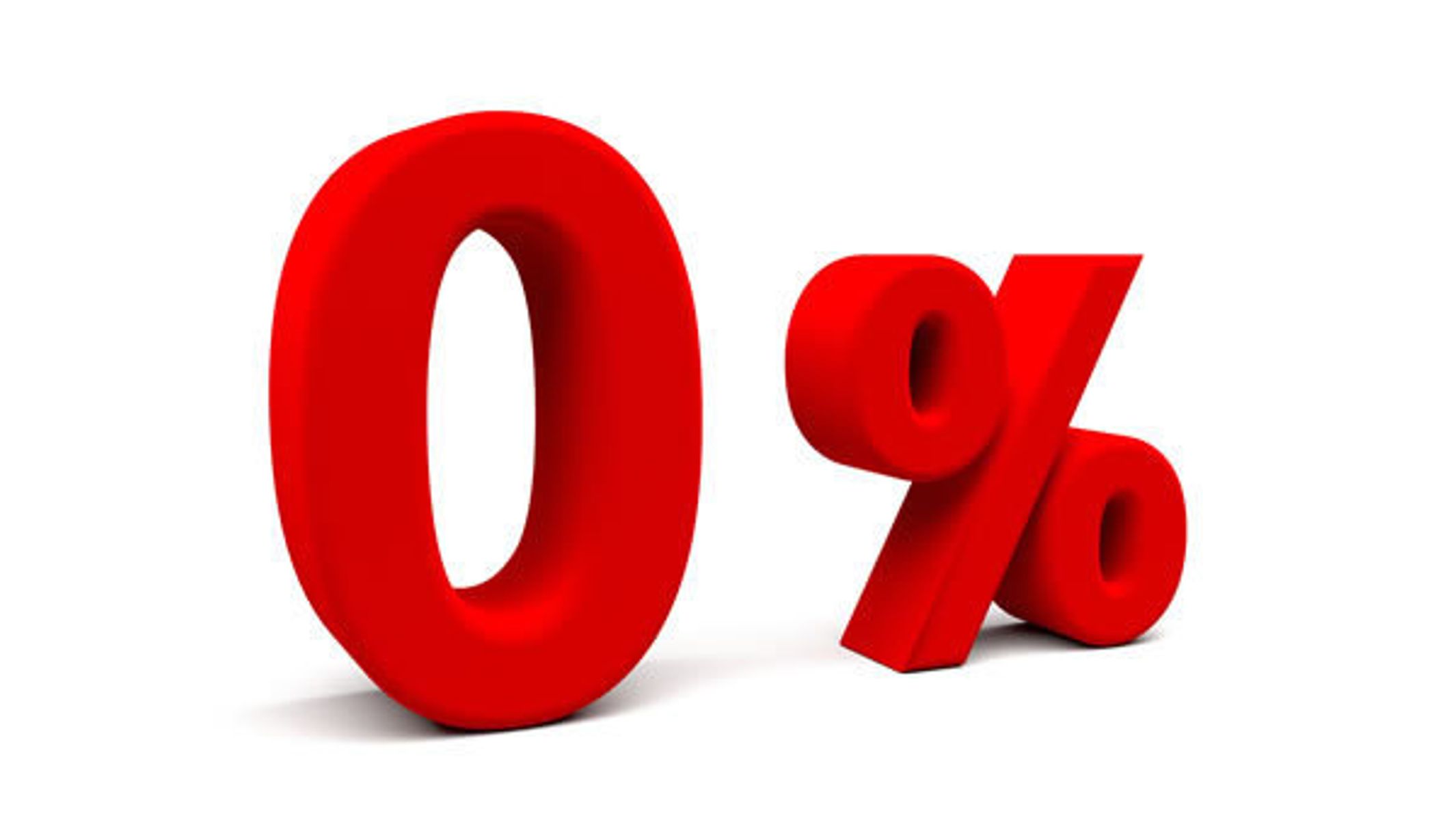The Reserve Bank of Australia has yet again kept interest rates on hold at its monthly monetary meeting.
The official cash rate remains at 1.5%, a record low that the RBA has maintained since August 2016, when there was a 25 basis point cut.
The last time the RBA raised the official cash rate was in late 2010. Since then, it’s either remained steady or dropped.
Earlier this year, many economists predicted a rate rise in 2018 or early 2019, but these forecasts have since fallen by the wayside, with financial markets now not expecting a rate hike until at least November 2019.
CoreLogic Head of Research Australasia Tim Lawless said a brew of conditions, including the country’s stable economy, weak wage growth, cooling property markets, soaring household debt and an inflation rate that remains at the lower end of the RBA target range, meant the RBA’s decision earlier today to maintain the 1.5% interest rate had been widely anticipated.
Still, a surge in full-time employment over the last five months has buoyed economists’ spirits on the wage growth situation. Australia’s seasonally-adjusted unemployment rate unexpectedly fell to 5.4% in May, a drop 0.1% larger than markets had predicted. This marks the lowest jobless rate since last November, with the economy adding 12,000 jobs and the number of unemployed people dropping by 26,800.
According to REA Group Chief Economist Nerida Conisbee, this means wages are likely to rise sooner rather than later.
“Wages should be increasing already given how confident businesses are and how employment is growing. Right now, non-cash incentives seem to be being offered to employees through better working conditions and nice workplaces. At some point however, this won’t be enough and employees will demand more money. They will be able to do this as employment continues to grow and opportunities increase,” she said.
Once the economy saw a solid recovery in consumer sentiment and spending, the RBA would likely raise the cash rate, she added.
Banks under pressure to raise lending costs
However, the focus of economists is now shifting to mortgage rates and the pressures on banks from overseas funding costs.
“Already, smaller banks and non-banks, who are generally more exposed to wholesale debt costs, are pushing interest rates higher for select mortgage products,” said Lawless.
Short-term money market interest rates have increased dramatically since February, which has burdened some Australian lenders such as the Bank of Queensland, which recently announced it will increase variable home loan interest rates for its customers from yesterday.
“Funding costs have significantly risen since February this year and have primarily been driven by an increase in 30 and 90 day BBSW rates, along with elevated competition for term deposits,” said Anthony Rose, Acting Group Executive for Retail Banking at BOQ.
“While the bank has absorbed these costs for some time, the changes announced today will help to offset the ongoing impact of the increased funding costs,” he said.
So is there a risk that the bigger banks might be forced to follow suit?
Yes and no. While larger banks are more reliant on domestic deposits to fund their home loans and therefore have less exposure to higher funding costs, “margin pressures are also becoming evident across the big end of town,” said Lawless. However this pressure is still in its early days, he added, and borrowers – particularly owner occupiers with principal and interest loans – should continue to expect low mortgage rates over the medium term.
Consibee believes that all banks are under pressure to raise rates, and while the big banks are able to hold off increasing for longer, at some stage they will have to follow suit. “It isn’t up to the RBA to stop this but it does lead to increased rates. If lending rates are going up without the RBA doing anything, it has the same impact of slowing down the economy,” she said.
More reports a godsend for RBA
However some good news for the RBA is the recent announcement by the Australian Bureau of Statistics (ABS) that it will now produce its consumer price index inflation data on a monthly basis, rather than quarterly. A challenge for the RBA has always been a lag in reporting. Data for the June quarter, for example, will not be available for several months.
“Right now, the economy could be doing a lot better or a lot worse than official data is showing. This means that decisions are made later than what may be optimal, or made on outdated data,” said Conisbee. “So this is good news.
Article Source - Realestate.com.au


